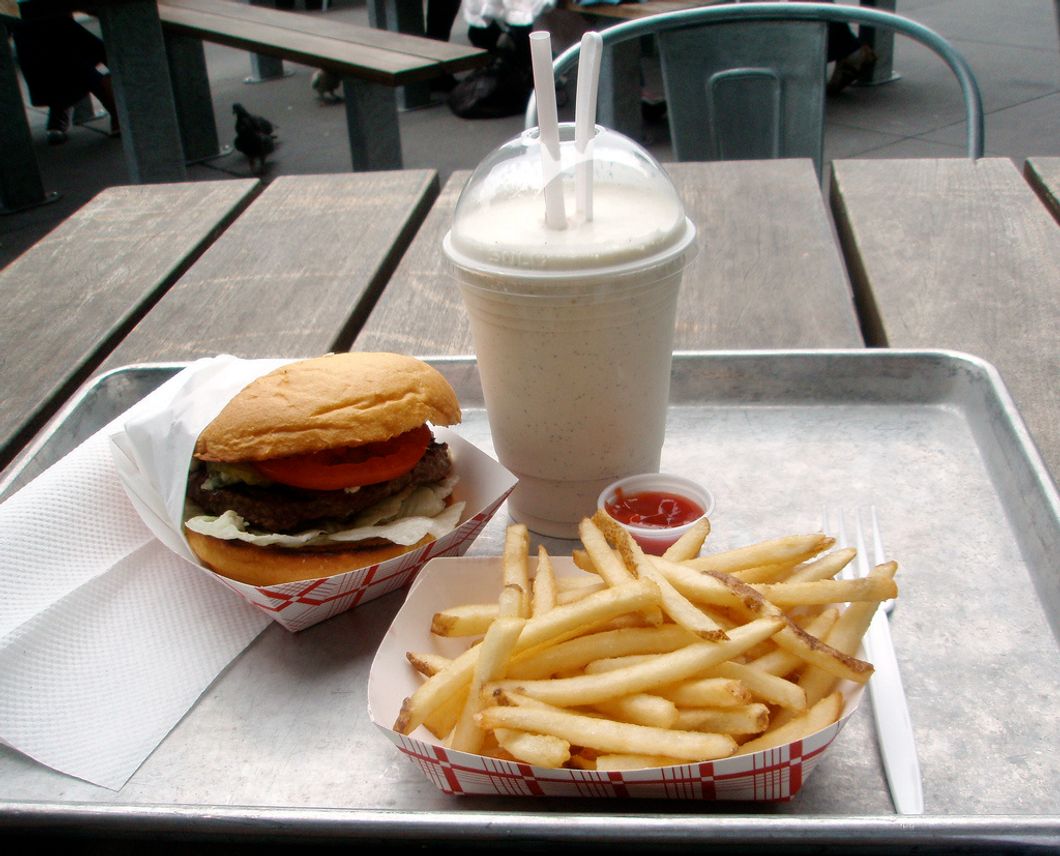It's time to fix dinner, and so with a grumbling stomach, the college student meanders to the kitchen to make scrambled eggs. The pleasant cool of the fridge air encapsulates her hands as she lazily grasps the jug of milk and carton of eggs. As the milk is poured an unpleasant odor makes its way to up her nose. The milk has gone sour, despite the fact that the expiration date has not yet passed. So, what gives? How can food go bad before its scheduled date? How come food that should be bad is still okay to eat sometimes?
It turns out that expiration dates actually have little to do with when food is no longer safe to eat. Here's why: Federal regulations actually only require expiration dates on baby formula. Food expiration dates are about food quality, not safety. Whether it be meat, poultry, eggs, dairy, boxed or even canned foods, the dates on them are all about quality and meant to be a helpful guide to consumers.
There are three common labels:
- Best if Used By – This label is when a product should be at its highest quality. After this date passes the food is still ok to eat, but the texture and flavor start to go down. A great example is chips.
- Use By – This label is usually on meat and dairy products because they are more sensitive. Food can still be eaten after this date, but don't wait too long.
- Sell By – This date probably has the least to do with food consumption. It's for the retailers, to tell them when the product should no longer be on the shelves. It's meant to help get rid of older inventory. This one is often seen on food like eggs.
Now the real question is, when is food actually okay to eat, and when will it leave you miserable? It all comes down to common sense and simply paying attention. Is the color right? An excellent determinant is smell, which is what saved me from spoiled milk.
In addition, to smell and look, there's a chart of time frames to watch out for found on FoodSafety.gov.
With most things, refrigeration lasts 3-5 days, and freezing 1 to 2 months. Certain items such as salads only last 3-5 days, while unopened packages of meat can last up to two weeks. In addition to watching how long you hold onto leftovers for, it also important to check the temperature of your fridge and freezer. Your fridge should be 40 degrees Fahrenheit or a little below, and your freezer 0 degrees or below. Faulty fridges and freezers as well as power outages have been the downfall of many a meal. When all is said and done, just pay attention.
Using common sense and helpful guides like this one, you can save money from wasted food, and avoid foodborne illness. Remember, expiration dates are not always so cut and dry. Sometimes, you can ignore them. Best of luck and happy munching!







 Photo by
Photo by 








